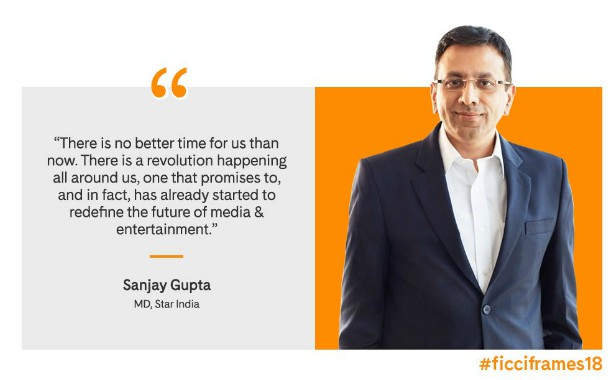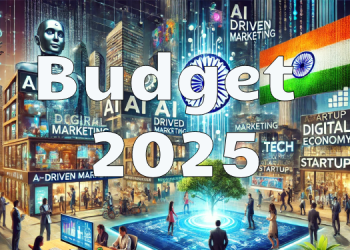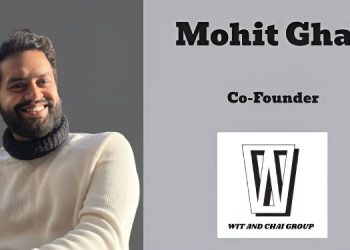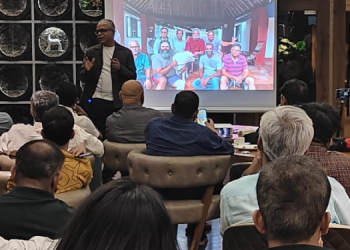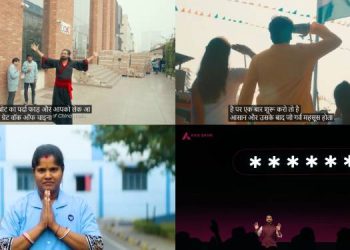There can’t be a more compelling ‘Make In India’ story for this country than the M&E Industry
Mumbai: The 19th edition of the FICCI Frames was inaugurated by Information and Broadcasting Minister, Smriti Irani, on Sunday evening. Sanjay Gupta, the Managing Director of Star India, in his industry address speech expressed his excitement over the opportunity for playing the central role in lives of billion people. Sanjay had elabourated on the growing number of screens by combining Cinema, Television and Digital screens and highlighted the need for settling a strong sight to take Indian content across the world and insisted the need to change dramatically.
On his excitement to associate with the Industry – Sanjay Said, “These are truly exciting times for our industry. It is amongst the fastest growing sectors in the country and has crossed the Rs. 147 thousand crore mark. Like all of you here, what really motivates me to come to work every single day is the opportunity to play such a central role in the lives of a billion people. A billion people who look to watch an exciting movie either in a theatre or on their TV screen or on a mobile phone, read the newspaper in their local language or listen to their favourite radio station – for information, for entertainment, and above all, for inspiration.”
He put forward his insight on growing number of screens across platforms and said, “Ours is a country that has always been constrained by screens. There are only 9,000 theatres in the country. Then came television which over the last three decades has grown phenomenally. Today there are 16 crore TV screens and we add more than one crore new screens every year. But with the power of connectivity and low cost of data, in almost a click, over 35 crore more screens across the country have been lit up. And this journey has just begun. With more and more affordable smartphones coming to the market, we are adding more than one crore new smart screens every month. By the end of 2018, we would have added another 16 crore screens. This means that we will have 51 crore new screens on which us Indians will be engaging with all kinds of stories be it drama or sports, films or news. In a short period of 24 months, we have moved up from 16 crore TV screens and 9000 cinema halls to 67 crore screens.”
He did unveil the robustness of content being created in India while comparing it with international markets and said, “We produce over 60,000 hours of original television drama content every year. This is over 12 times what America produces, which is widely regarded as the front-runner in this space. We release close to 2,000 movies every year across languages, while Hollywood releases just around 700. And we are a creative powerhouse with a pool of over 4 million people engaged in telling these exciting stories.”
“We are one of the global leaders in technology – across graphics, animation, VFX – that is completely revamping the contours of storytelling. In fact, our technology is powering the world! The dragons in ‘Game Of Thrones’ were created by an animation studio at a stone’s throw distance from here. Even 9 years back, the visual effects for Avatar were powered by an Indian firm.”
“What is even more exciting is that the stories we create are the stories we watch as India. One of the most talked about shows in the world, ‘Game Of Thrones’, is not what engages this country. 99% of the stories that India loves and engages with have been created by us. When you read the sports pages of our newspapers, it seems that the English Premier League is the biggest football event followed in India. However, the reality is that our very own Indian Super League is 20 times bigger than EPL in viewership.”
He took a potshot on the shortcomings in our Business approach and asked, “Are we setting our sights high enough? Are we really taking note of the opportunity in front of us? Are we looking to set the global standards for creativity & quality?”
Despite creating so many movies, the biggest movies that we create do a business of less than 100 million dollars. Contrast this with a big Hollywood movie that goes on to deliver a business of more than a billion dollars. Despite being one of the largest television content ecosystems in the world, we need to import almost all formats for reality television. We are not exporting our stories or our ideas to the world – not getting them to talk about “Yeh Hain Mohabatein”, not getting them to follow ISL!”
He highlighting the need for new thinking and junking the traditional media practices that are essential to compete in the international market and said, “To compete well with the world, we need to set new standards of storytelling, we need to reimagine our stories. We cannot allow our legacy to shape our creativity. With digital, we have the license to break away from all the trappings of traditional media. We need to challenge where we release our films first, in a theatre or on a mobile screen. We need to challenge the concept of a radio station. Is it the the radio station as delivered today or a digitally delivered station which adapts itself for each person uniquely. We need to challenge the constraints of 8 pm prime time, daily and hourly news formats and 22 minute episode lengths”.
There is no need to follow any templates in content – no longer does a scorecard need to appear at the bottom of the screen in every cricket match. No longer does the viewing of sports need to involve only watching. It could be and should be “Watch & Play”!”
He wanted the ambition of every stakeholder to change dramatically and said, “Our standards of quality need to change. The way we use technology needs to change. The magnitude of our investments needs to change. We need to rethink business models from the ground up.
Centuries ago, stories from India traveled across countries & continents, without conquer or conquest, without any technology. These were stories like Ramayana & Mahabharata or the tales of Gautam Buddha. If they could capture the imagination of the world just on the power of their ideas and characters, what excuse do we have today?”
Finally, He concluded saying, “We have so much to offer to the world – our technological prowess, our creativity and the power of Indian stories. The time is now – to not only ‘make in India’ but “Light up the World”!

